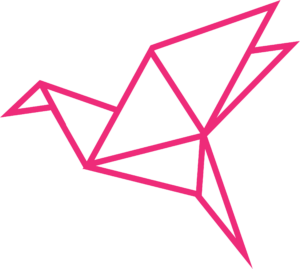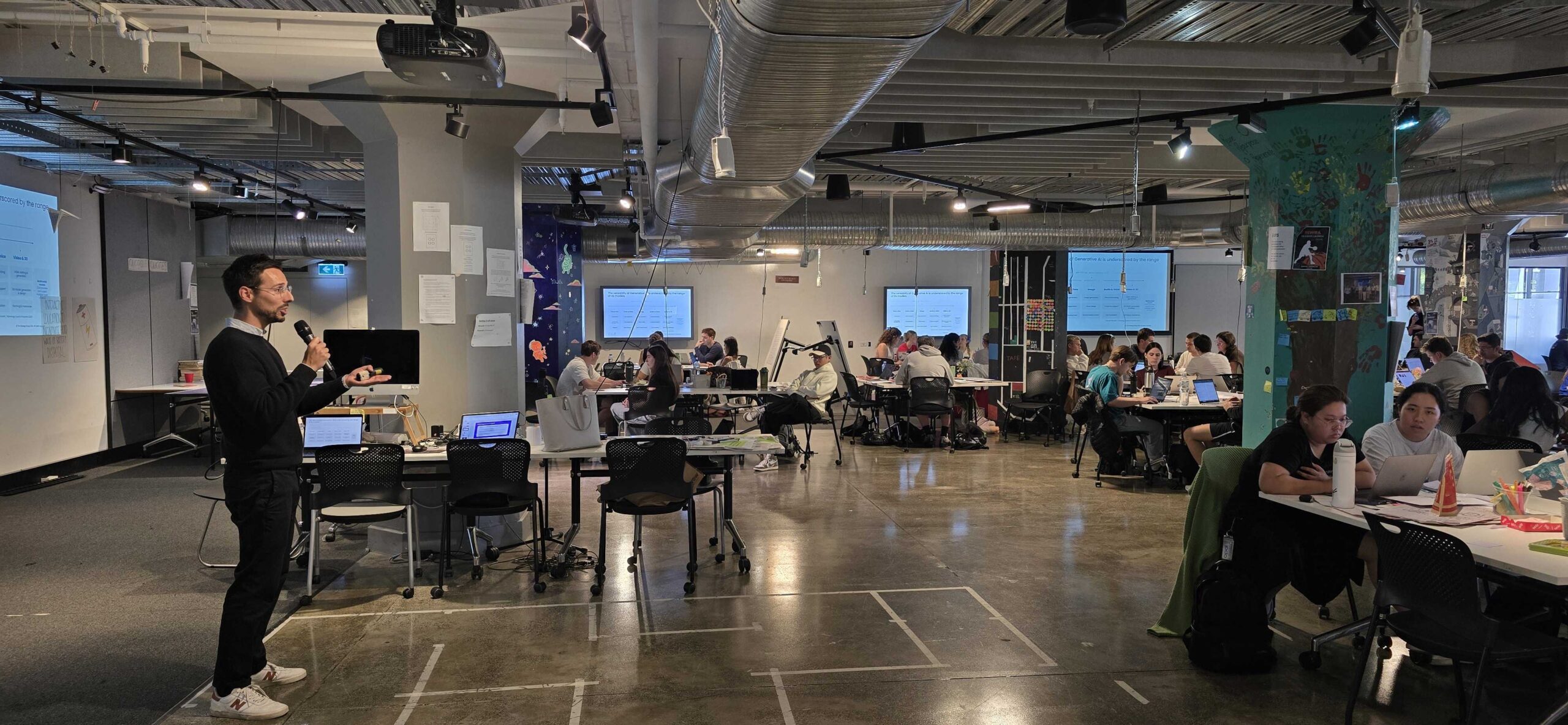At the Strategy Group we are huge fans of Gary Hamel. If you get a chance to hear him speak, grab it. Here is a recent HBR article by Gary Hamel and his colleague Nancy Tenant: Can you think of any business topic that’s been hotter for longer than innovation? Trouble is, it’s hard to think of any business challenge where real progress has been harder to come by. By now, your company probably has a new business incubator, an idea wiki, a disciplined process for mining customer insights, an awards program for successful innovators, and maybe even an outpost in Silicon Valley—all fine ideas—and yet, most likely, it still struggles to meet its growth goals and seldom thrills its customers. And it’s not just your company. In a McKinsey poll, 94% of the managers surveyed said they were dissatisfied with their company’s innovation performance. Here is their list of the top five parts of the innovation engine that most often get left out (summarised): 1. Employees who’ve been taught to think like innovators We’re a bit dumbfounded that so few companies have invested systematically in improving the innovation skills of their employees. The least charitable explanation for this oversight is that despite evidence to the contrary, many senior managers still assume that a few genetically blessed souls are innately creative, while the rest can’t come up with anything more exciting than suggestions for the cafeteria menu. We understand how a CEO might come to such a conclusion. Every day, senior executives get bombarded with ideas—and most of them are either woefully underdeveloped or downright batty. After a while, it’s easy to believe that all those dopey ideas must be coming from dopes, rather than from individuals who haven’t been trained in or given opportunities to practice innovative thinking, and who work within a system that hasn’t been properly designed to foster it. Much has been written about where innovation comes from and what distinguishes an innovative mind. Our research and experience suggest that inquiry is at the heart of it. Innovators have an inclination and a capacity to examine what others often leave unexamined. So if you want innovation, individuals must to be taught to do four things:
- Challenge invisible orthodoxies. Within any industry, mental models tend to converge over time. Executives read the same trade magazines, go to the same conferences, and talk to the same consultants. After a while, they all think alike. Innovators, by contrast, are contrarians. In their quest to upend industry rules, they learn how to distinguish “immutable laws” from “ingrained beliefs.” They exploit the unhealthy reverence incumbents have for precedent.
- Harness underappreciated trends. Innovators don’t spend much time speculating about what might. Instead, they pay a lot of attention to the little things that are already changing, and that are gathering speed. To be an innovator, you don’t need a crystal ball: you need a wide-angle lens. You have to be tracking trends your competitors haven’t yet noticed, then figuring out ways of using them to upend traditional business models.
- Leverage embedded competencies and assets. Innovation gets stymied when a company defines itself by what it does rather than by what it knows or owns—when its “concept of self” is built around products and services rather than around core competencies and strategic assets. Innovators see their organization, and the world around it, as a portfolio of skills and assets that can be endlessly recombined into new products and businesses. They are masters of recombination.
- Address “unarticulated” needs. Customers have their own orthodoxies, so asking them what they want seldom yields a fundamentally new insight. Instead, you have to observe them, up close and over time, and then reflect on what you’ve learned. Where are we creating needless frustrations? Where are we wasting our customers’ time? Where are we making things overly complex? Where are we treating customers like numbers instead of people? To be an innovator, you have to be a relentlessly curious anthropologist and a keen-eyed ethnographer.
2. A sharp, shared definition of innovation To manage innovation in a systematic way, you have to have a widely understood definition of innovation. Without this, it’s impossible to know how much “real” innovation is going on and whether it’s paying off. Just as critically, you can’t hold leaders responsible for innovation if no one can agree on what’s innovative and what’s not. Coming up with a practical definition of innovation is harder than it sounds, particularly if the goal is to rank every new initiative or product by its “innovativeness.” When Heinz puts ketchup in a new squeeze bottle, is that innovation? When Comcast rolls out a new “triple play” pricing scheme, is that a breakthrough? When Whirlpool launches a washing machine that dispenses just the right amount of detergent, is that a game changer? While most people can distinguish between a genuine breakthrough (like the original iPhone) and a near-trivial product enhancement (like a new shade of Post-It® notes), it’s tougher to get agreement about all the shades of gray in between. 3. Comprehensive innovation metrics Companies measure just about everything that has an impact on the bottom line, yet strangely, they often shy away from measuring innovation. Granted, it is difficult to measure. Historical benchmarks are of limited value when a product has no antecedents, and it’s hard to pin down the future value of an idea that exists only as a concept. Nevertheless, there are ways of measuring innovation performance. A comprehensive dashboard should track:
- Inputs: the investment dollars and employee time devoted to innovation, along with the number of ideas that are generated internally each month or sourced from customers, suppliers, and other outsiders.
- Throughputs: the number and quality of ideas that enter the pipeline after initial screening, the time it takes for those ideas to move from concept to prototype to reality, and the notional value of the innovation pipeline.
- Outputs: the number of innovations that reach the market in a given period, the percentage of revenue derived from new products and services, and the margin gains that are attributable to innovation.
- Leadership: the percentage of executive time that gets devoted to mentoring innovation projects, and 360-degree survey results that reveal the extent to which executives are exhibiting pro-innovation behaviors.
- Competence: the percentage of employees who have been trained as business innovators, the percentage of employees who have qualified as innovation “black belts,” and changes in the quality of ideas that are being generated across the firm.
- Climate: the extent to which the firm’s management processes facilitate or frustrate innovation, and the progress that is being made in removing innovation blockages.
- Efficiency: changes over time in the ratio of innovation outputs to inputs.
- Balance: the mix of different types of innovation (product, service, pricing, distribution, operations, etc.); different risk categories (incremental improvements versus speculative ventures); and different time horizons.
4. Accountable and capable innovation leaders What percentage of the leaders in your company, from project managers to executive vice presidents, are formally accountable for innovation? What percentage have innovation-related targets that affect their compensation? If it’s anything less than 100%, innovation will be marginalized. Too often innovation is seen as the province of specialized units like R&D or corporate business development, rather than being the responsibility of every leader at every level. Obviously, it makes little sense to hold leaders accountable for innovation if they haven’t been trained and coached to encourage innovation within their own teams. For a leader, this means:
- Being adept at using innovation tools.
- Creating frequent opportunities for blue-sky thinking.
- Avoiding premature judgments when evaluating new options.
- Demonstrating an appetite for unconventional ideas.
- Recognizing innovators and celebrating “smart failures.”
- Personally mentoring innovation teams.
- Freeing up time and money for innovation.
- Hiring and promoting for creativity.
- Working to eliminate bureaucratic impediments to innovation.
- Understanding and applying the principles of rapid prototyping and low-cost experimentation.
5. Innovation-friendly management processes If, for example, a company’s budgeting process is inherently conservative and makes it difficult for first-line employees to get funding for small-scale experiments, any investment in innovation skills will be wasted. If its product development process places too much emphasis on removing risk from new launches, few new-to-the-world products will make it to market. If its assessment and compensation system doesn’t reward innovation performance, it will end up with managers who are more bean counters than trailblazers. If it lacks a financial reporting system that tracks innovation investment and staffing, no alarm bells will ring when an innovation project gets sacrificed on the altar of quarterly earnings. They conclude: Do all this and you’ll have a company that can win, and win again, in the twenty-first century’s creative economy. Read the full article here.












